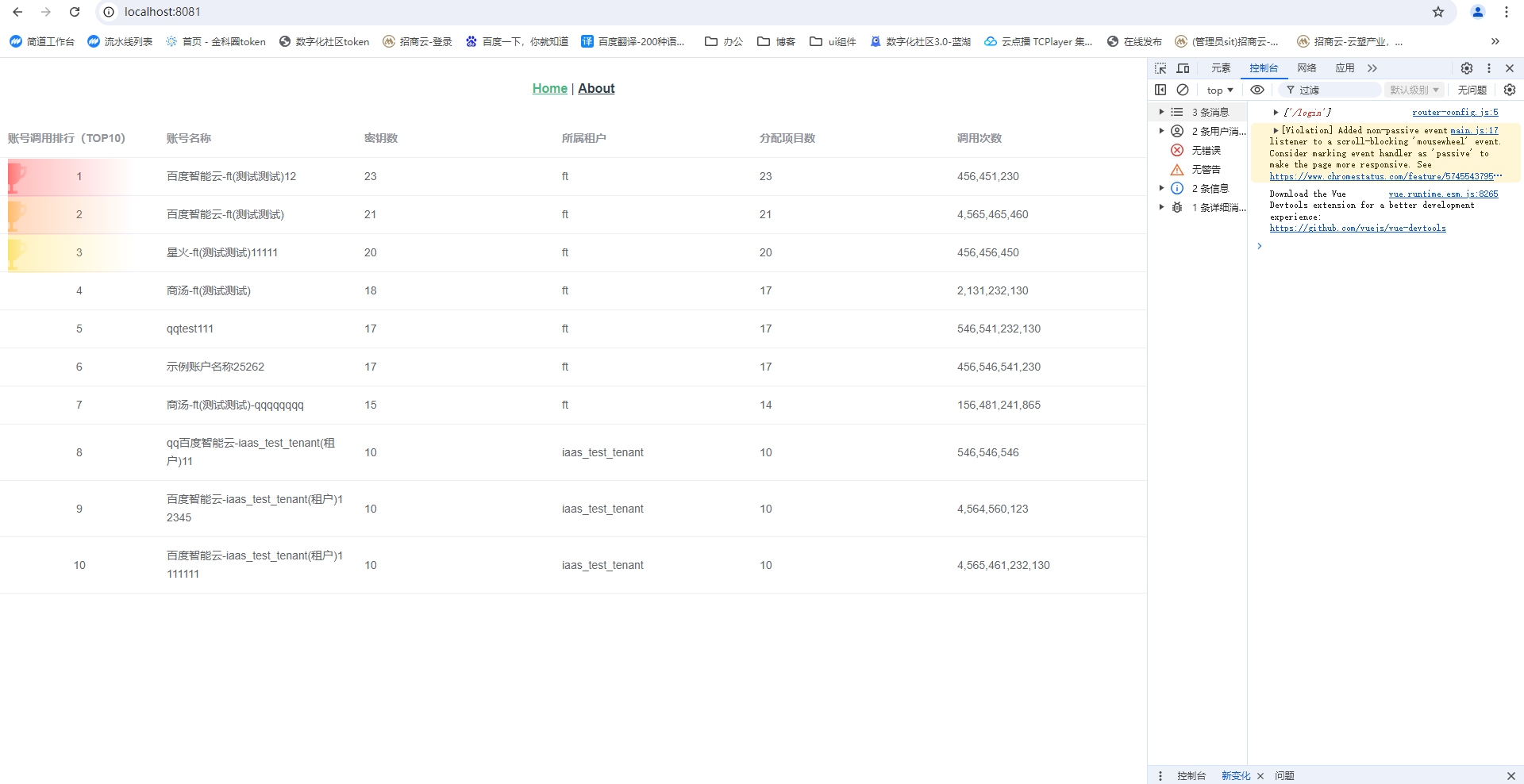由于项目需求,需要在鲲鹏云主机上安装Kafka,并且要求安装的版本为2.3.X。下面主要从以下几个步骤说明如何安装:
1、下载kafka的安装文件
2、上传到服务器
3、修改配置
4、启动
5、使用工具测试
服务器信息
CPU信息
[root@ecs02 ~]# lscpu
Architecture: aarch64
CPU op-mode(s): 64-bit
Byte Order: Little Endian
CPU(s): 32
On-line CPU(s) list: 0-31
Thread(s) per core: 1
Core(s) per socket: 16
Socket(s): 2
NUMA node(s): 2
Vendor ID: HiSilicon
Model: 0
Model name: Kunpeng-920
Stepping: 0x1
CPU max MHz: 2400.0000
CPU min MHz: 2400.0000
BogoMIPS: 200.00
L1d cache: 2 MiB
L1i cache: 2 MiB
L2 cache: 16 MiB
L3 cache: 64 MiB
NUMA node0 CPU(s): 0-15
NUMA node1 CPU(s): 16-31
Vulnerability Itlb multihit: Not affected
Vulnerability L1tf: Not affected
Vulnerability Mds: Not affected
Vulnerability Meltdown: Not affected
Vulnerability Spec store bypass: Not affected
Vulnerability Spectre v1: Mitigation; __user pointer sanitization
Vulnerability Spectre v2: Not affected
Vulnerability Srbds: Not affected
Vulnerability Tsx async abort: Not affected
Flags: fp asimd evtstrm aes pmull sha1 sha2 crc32 atomics fphp asimdhp cpuid asimdrdm jscvt fcma dcpop asimddp asimdfhm
操作系统信息
[root@ecs02 ~]# cat /etc/kylin-release
Kylin Linux Advanced Server release V10 (Tercel)
Java版本信息
[root@ecs02 ~]# java -version
openjdk version "1.8.0_242"
OpenJDK Runtime Environment (build 1.8.0_242-b08)
OpenJDK 64-Bit Server VM (build 25.242-b08, mixed mode)
下载Kafka安装文件
访问apache官网,找到kafka下载主页https://kafka.apache.org/downloads,下载完成后得到文件kafka_2.12-2.3.1.tgz。这里可以根据自己的需求下载对应的版本即可,如果需要下载Zookeeper,注意版本需要和Kafka的版本对应,可以从下载的Kafka包中找到对应的Zookeeper版本,比如这里使用的Zookeeper对应的版本为3.4.14

上传到服务器
将该文件上传到服务器目录/data/public/,远程登录服务器,执行如下命令
cd /data/public/
解压文件,执行如下命令
tar -xvf kafka_2.12-2.3.1.tgz
修改配置
解压后得到/data/public/kafka_2.12-2.3.1/,进入该目录,修改server.properties,搜索关键字listeners=PLAINTEXT,将该行修改为:
listeners=PLAINTEXT://192.168.1.100:9092
注意这里的192.168.1.100为该鲲鹏主机的IP地址,也就是后面应用可以访问到的地址,不要配置为内网无法访问到的地址。完整配置文件为:
# Licensed to the Apache Software Foundation (ASF) under one or more
# contributor license agreements. See the NOTICE file distributed with
# this work for additional information regarding copyright ownership.
# The ASF licenses this file to You under the Apache License, Version 2.0
# (the "License"); you may not use this file except in compliance with
# the License. You may obtain a copy of the License at
#
# http://www.apache.org/licenses/LICENSE-2.0
#
# Unless required by applicable law or agreed to in writing, software
# distributed under the License is distributed on an "AS IS" BASIS,
# WITHOUT WARRANTIES OR CONDITIONS OF ANY KIND, either express or implied.
# See the License for the specific language governing permissions and
# limitations under the License.# see kafka.server.KafkaConfig for additional details and defaults############################# Server Basics ############################## The id of the broker. This must be set to a unique integer for each broker.
broker.id=0############################# Socket Server Settings ############################## The address the socket server listens on. It will get the value returned from
# java.net.InetAddress.getCanonicalHostName() if not configured.
# FORMAT:
# listeners = listener_name://host_name:port
# EXAMPLE:
# listeners = PLAINTEXT://your.host.name:9092
listeners=PLAINTEXT://10.16.39.14:9092# Hostname and port the broker will advertise to producers and consumers. If not set,
# it uses the value for "listeners" if configured. Otherwise, it will use the value
# returned from java.net.InetAddress.getCanonicalHostName().
#advertised.listeners=PLAINTEXT://your.host.name:9092# Maps listener names to security protocols, the default is for them to be the same. See the config documentation for more details
#listener.security.protocol.map=PLAINTEXT:PLAINTEXT,SSL:SSL,SASL_PLAINTEXT:SASL_PLAINTEXT,SASL_SSL:SASL_SSL# The number of threads that the server uses for receiving requests from the network and sending responses to the network
num.network.threads=3# The number of threads that the server uses for processing requests, which may include disk I/O
num.io.threads=8# The send buffer (SO_SNDBUF) used by the socket server
socket.send.buffer.bytes=102400# The receive buffer (SO_RCVBUF) used by the socket server
socket.receive.buffer.bytes=102400# The maximum size of a request that the socket server will accept (protection against OOM)
socket.request.max.bytes=104857600############################# Log Basics ############################## A comma separated list of directories under which to store log files
log.dirs=/tmp/kafka-logs# The default number of log partitions per topic. More partitions allow greater
# parallelism for consumption, but this will also result in more files across
# the brokers.
num.partitions=1# The number of threads per data directory to be used for log recovery at startup and flushing at shutdown.
# This value is recommended to be increased for installations with data dirs located in RAID array.
num.recovery.threads.per.data.dir=1############################# Internal Topic Settings #############################
# The replication factor for the group metadata internal topics "__consumer_offsets" and "__transaction_state"
# For anything other than development testing, a value greater than 1 is recommended for to ensure availability such as 3.
offsets.topic.replication.factor=1
transaction.state.log.replication.factor=1
transaction.state.log.min.isr=1############################# Log Flush Policy ############################## Messages are immediately written to the filesystem but by default we only fsync() to sync
# the OS cache lazily. The following configurations control the flush of data to disk.
# There are a few important trade-offs here:
# 1. Durability: Unflushed data may be lost if you are not using replication.
# 2. Latency: Very large flush intervals may lead to latency spikes when the flush does occur as there will be a lot of data to flush.
# 3. Throughput: The flush is generally the most expensive operation, and a small flush interval may lead to excessive seeks.
# The settings below allow one to configure the flush policy to flush data after a period of time or
# every N messages (or both). This can be done globally and overridden on a per-topic basis.# The number of messages to accept before forcing a flush of data to disk
#log.flush.interval.messages=10000# The maximum amount of time a message can sit in a log before we force a flush
#log.flush.interval.ms=1000############################# Log Retention Policy ############################## The following configurations control the disposal of log segments. The policy can
# be set to delete segments after a period of time, or after a given size has accumulated.
# A segment will be deleted whenever *either* of these criteria are met. Deletion always happens
# from the end of the log.# The minimum age of a log file to be eligible for deletion due to age
log.retention.hours=168# A size-based retention policy for logs. Segments are pruned from the log unless the remaining
# segments drop below log.retention.bytes. Functions independently of log.retention.hours.
#log.retention.bytes=1073741824# The maximum size of a log segment file. When this size is reached a new log segment will be created.
log.segment.bytes=1073741824# The interval at which log segments are checked to see if they can be deleted according
# to the retention policies
log.retention.check.interval.ms=300000############################# Zookeeper ############################## Zookeeper connection string (see zookeeper docs for details).
# This is a comma separated host:port pairs, each corresponding to a zk
# server. e.g. "127.0.0.1:3000,127.0.0.1:3001,127.0.0.1:3002".
# You can also append an optional chroot string to the urls to specify the
# root directory for all kafka znodes.
zookeeper.connect=localhost:2181# Timeout in ms for connecting to zookeeper
zookeeper.connection.timeout.ms=6000############################# Group Coordinator Settings ############################## The following configuration specifies the time, in milliseconds, that the GroupCoordinator will delay the initial consumer rebalance.
# The rebalance will be further delayed by the value of group.initial.rebalance.delay.ms as new members join the group, up to a maximum of max.poll.interval.ms.
# The default value for this is 3 seconds.
# We override this to 0 here as it makes for a better out-of-the-box experience for development and testing.
# However, in production environments the default value of 3 seconds is more suitable as this will help to avoid unnecessary, and potentially expensive, rebalances during application startup.
group.initial.rebalance.delay.ms=0
启动
启动Kafka,需先启动Zookeeper,然后启动Kafka,这里使用Kafka自带的Zookeeper,执行如下命令
nohup /data/public/kafka_2.12-2.3.1/bin/zookeeper-server-start.sh /data/public/kafka_2.12-2.3.1/config/zookeeper.properties > /dev/null 2>&1 &
然后启动Kafka,执行如下命令:
nohup /data/public/kafka_2.12-2.3.1/bin/kafka-server-start.sh /data/public/kafka_2.12-2.3.1/config/server.properties > /dev/null 2>&1 &
启动完成后,通过netstat命令检查端口是否开启
[root@test public]# netstat -nltp | grep 9092
tcp6 0 0 10.16.39.14:9092 :::* LISTEN 1569191/java
[root@test public]# netstat -nltp | grep 2181
tcp6 0 0 :::2181 :::* LISTEN 1568749/java
或者执行
[root@test public]# netstat -nltp | grep '2181\|9092'
tcp6 0 0 10.16.39.14:9092 :::* LISTEN 1569191/java
tcp6 0 0 :::2181 :::* LISTEN 1568749/java
以上表名Kafa已经成功启动。
开启远程访问
开启端口访问,执行如下命令即可:
firewall-cmd --zone=public --add-port=2181/tcp --permanent
firewall-cmd --zone=public --add-port=9092/tcp --permanent
firewall-cmd --reload
远程访问
Kafka客户端工具可以使用OffsetExplorer2
Java端访问可以参看:https://support.huaweicloud.com/usermanual-kafka/kafka-ug-0010.html






